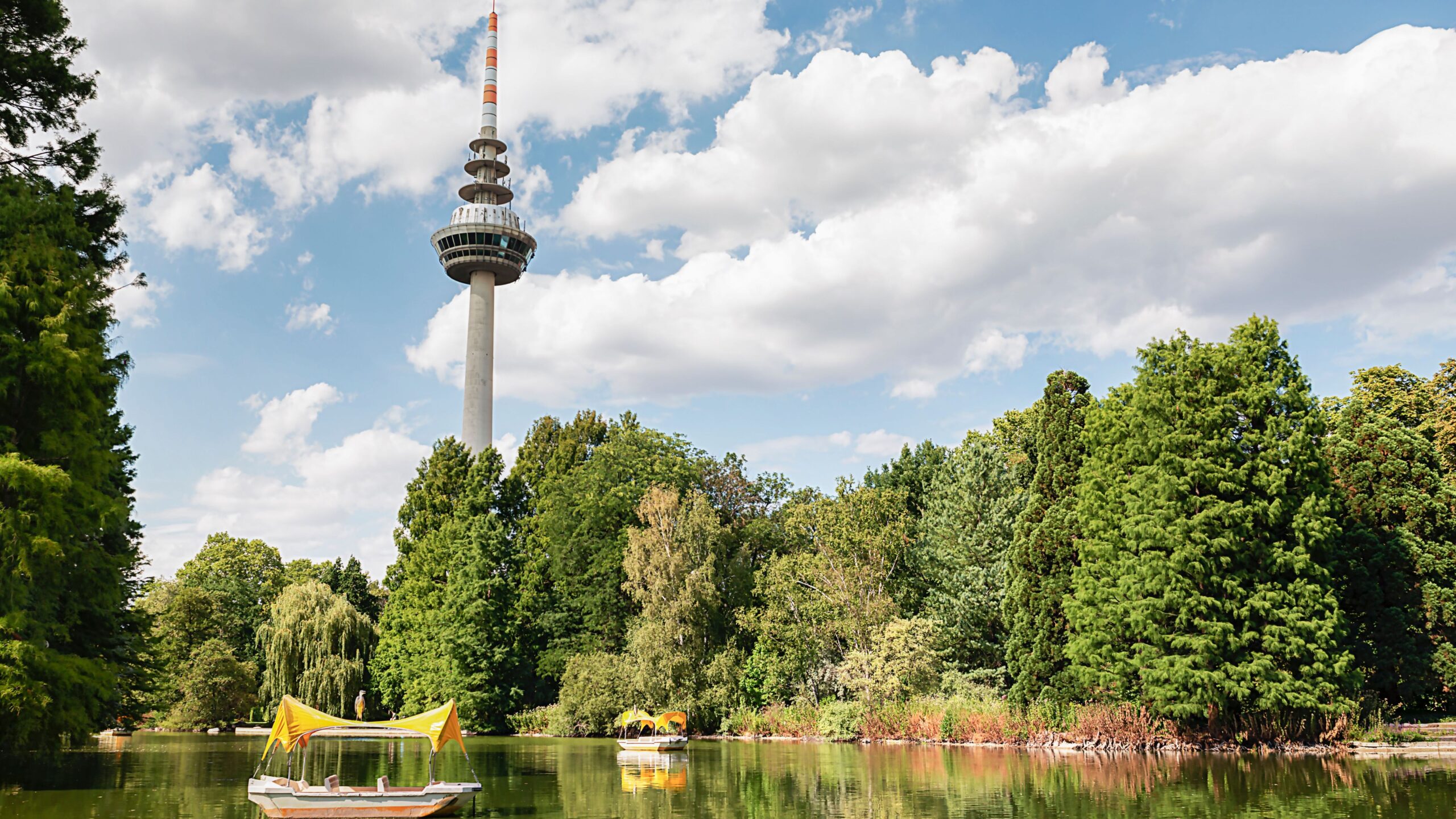
Mannheim lets trees speak - sensors for a green future
Mannheim relies on digital tree care with TreeSense
Mannheim, with a population of around 310,000, is the economic and cultural center of the Rhine-Neckar metropolitan region. The city is characterized by its unique checkerboard street system, its innovative strength and its strong commitment to sustainable urban development. A central concern: the digitalization of tree care.
Mannheim is one of the cities that adopted digital sensor technology at an early stage to keep urban trees vital in the long term. The collaboration with Smart City Mannheim began back in 2023, when the first TreeSense sensors were implemented in Mannheim. The project was expanded in 2024 - around 20 Pulse F sensors are now in use.
Focus on tree health: old trees and environmental parameters
The focus of the project is primarily on old trees. The aim is a detailed vitality assessment that is combined with other environmental parameters such as air quality or soil moisture. At the same time, Mannheim is using the sensor technology to track construction measures - in other words, to investigate the impact of construction projects on the health of urban trees.
Soil moisture measurement with Watermark sensors
In addition to the pulse sensors, the tree experts have also been increasingly relying on soil moisture sensors since 2024 to optimize the water supply to young urban trees. A total of 12 locations were each equipped with two young trees. Watermark sensors are used here, which measure at three soil depths (30 cm, 60 cm, 90 cm). This means that a total of 36 suction sensors are installed, which continuously monitor the available soil water.
The sensors are integrated into the LoRaWAN network of MVV Energie AG (MVV), i.e. the digital infrastructure is provided by the MVV Smart Cities team, while the Parks Department is responsible for the content analysis. The overall project is being coordinated in collaboration with Sven Riffel from MKB Mannheimer Kommunalbeteiligungen GmbH.
Challenges & solutions
The biggest challenges of the project lay in the coordination between the parties involved. On the one hand, the technical integration had to be ensured - from the LoRaWAN infrastructure to the display and interpretation of the data in the TreeSense Cloud. Secondly, the selection of suitable tree locations required close coordination with the Parks Department.
Close cooperation between us, the Mannheim Parks Department and MVV has proven to be the key to success here. Checking the LoRaWAN coverage is currently particularly important in order to ensure seamless data transmission.
Initial findings & future outlook
The results so far show that the Pulse sensors can be seamlessly integrated into existing IT infrastructures. In addition to the subject-specific evaluation on the TreeSense Cloud, the data is displayed in the MVV dashboard in order to carry out higher-level data analyses with other data sources in the future.
This makes Mannheim one of the pioneers of digital urban greening in Germany. The pulse data collected is already providing valuable insights to further optimize irrigation. The 20 mature trees in particular, which are currently equipped with pulse sensors, show that the trees are in very good condition - a sign of the outstanding work of the Parks Department.
Stay informed
Follow TreeSense on social media and subscribe to our newsletter to stay informed about further projects and developments. You can also find more information under the following links:
